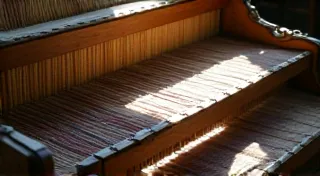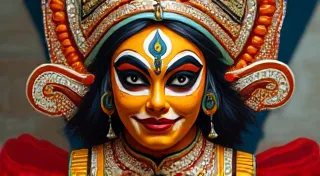West African Griots: Keepers of History and Tradition
West Africa boasts a rich tapestry of cultures, and at the heart of many of these lie the griots – also known as jeli or praisesingers. These individuals are far more than mere storytellers; they are living libraries, musicians, historians, genealogists, and advisors, playing a vital role in preserving and transmitting cultural heritage through oral traditions. This article delves into the significant role of griots, exploring their multifaceted functions and the techniques they employ to keep West African history alive.
The Multifaceted Role of the Griot
The term "griot" encompasses a complex role within West African societies, particularly in countries like Mali, Senegal, Gambia, Guinea, and Burkina Faso. Traditionally, griots belong to hereditary lineages, meaning the role is passed down through families. While not always members of the ruling class, they hold immense social and cultural importance. Their duties extend far beyond simply narrating stories. They are:
- Historians: Griots memorize and recite genealogies, chronicles of important events, and the history of ruling families and communities.
- Musicians: Music is an integral part of a griot’s performance, using instruments like the kora (a stringed instrument), the balafon (a wooden xylophone), and percussion to enhance the narrative and evoke emotions.
- Storytellers: Griots are renowned for their captivating storytelling abilities, entertaining and educating audiences with tales of heroes, tricksters, and the origins of the world.
- Genealogists: They maintain intricate family trees, tracing lineage and confirming social standing.
- Advisors: In some communities, griots offer counsel to rulers and mediate disputes, using their knowledge of tradition and history.
- Praise singers: They celebrate the achievements of individuals and communities through song and verse.
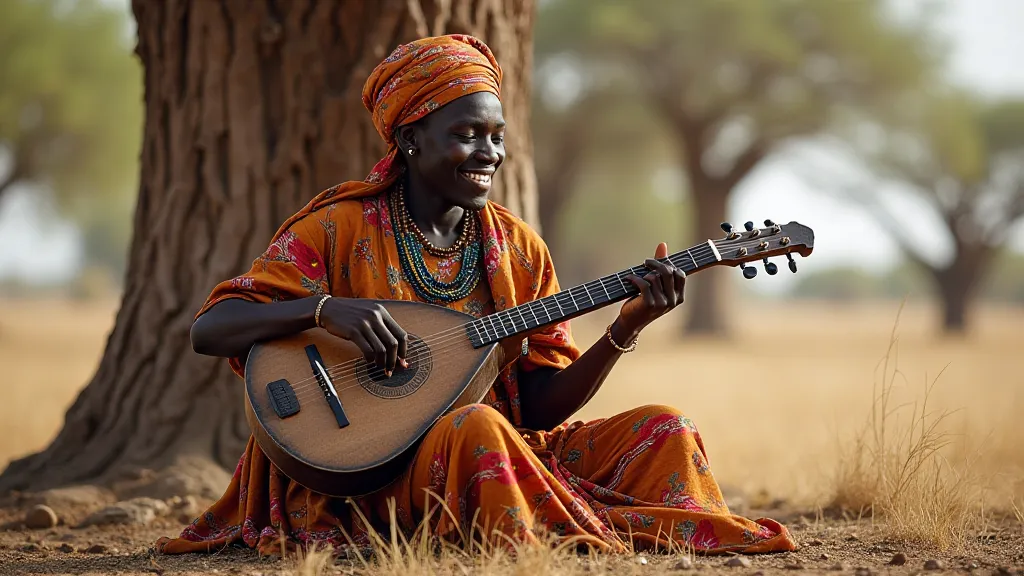
Techniques of Storytelling
The art of a griot's storytelling is a carefully honed skill. They employ various techniques to keep audiences engaged and ensure accurate transmission of information. These include:
- Repetition: Key phrases and events are repeated to aid memorization and reinforce their importance.
- Call and Response: Griots often engage the audience with call-and-response patterns, making the performance interactive and ensuring participation.
- Improvisation: While rooted in tradition, griot performances often incorporate improvisation, allowing for adaptation to specific audiences and circumstances.
- Proverbs and Metaphors: These are interwoven into the narrative to convey deeper meanings and offer wisdom.
- Performance Style: Griots are master performers, using expressive gestures, vocal inflections, and rhythmic delivery to bring stories to life.
Preserving Oral History
In pre-literate societies, griots were the primary means of preserving history and cultural knowledge. Their role was crucial in transmitting values, laws, and traditions from one generation to the next. The decline of traditional oral transmission has been impacted by increased literacy and the rise of modern media. However, griots continue to play a vital role in communities, acting as living embodiments of cultural heritage. Efforts are being made to document and preserve griot traditions, ensuring that this invaluable aspect of West African culture survives for future generations.
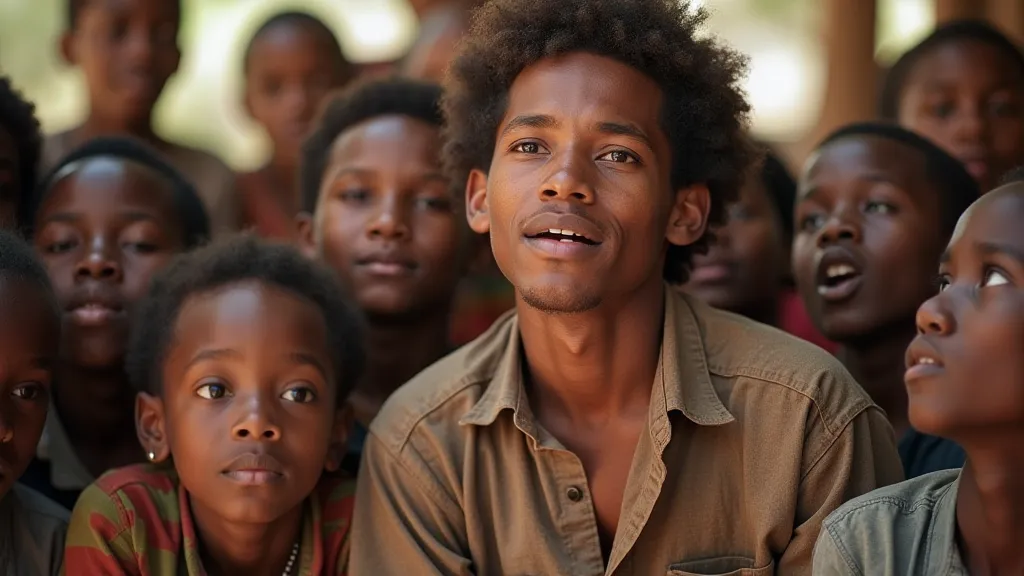
The Griot Today
While the traditional role of the griot may be evolving, their presence remains significant. They adapt to modern contexts, performing at festivals, schools, and cultural events. Increasingly, griots are collaborating with researchers and artists to document and share their knowledge with a wider audience. Recognizing the value of griot traditions, UNESCO has declared griot traditions a Masterpiece of the Oral and Intangible Heritage of Humanity.
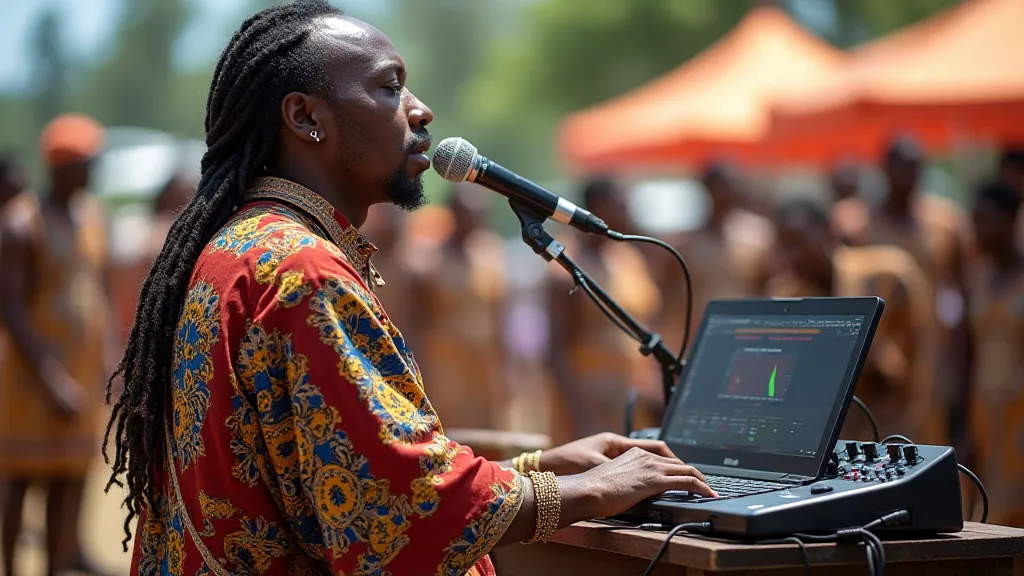
The legacy of the West African griots serves as a powerful reminder of the importance of oral traditions and the enduring power of storytelling to connect communities, preserve history, and transmit cultural values.
